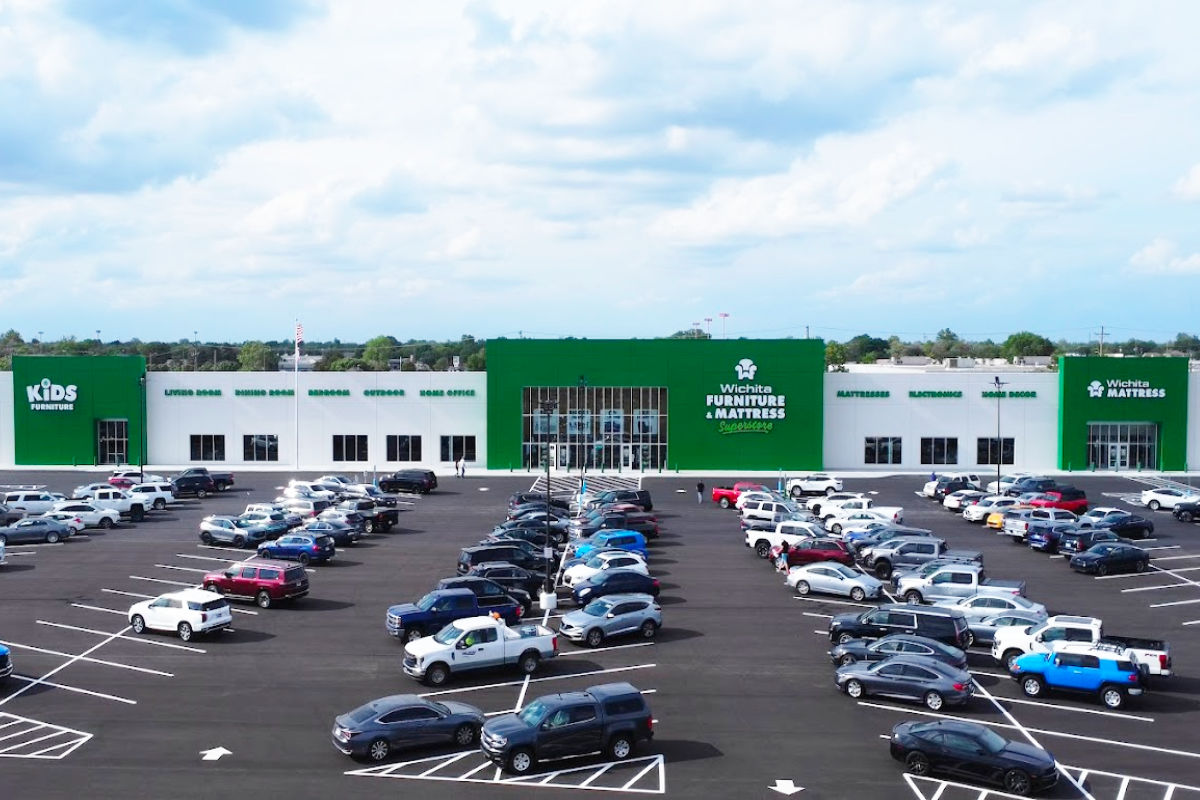Modern style is one of the most influential and recognizable design aesthetics in both architecture and interior design. It's a term often used to describe clean lines, functional forms, and a strong focus on simplicity. But, like many design movements, its interpretation has evolved over time. So, what exactly is modern style, and how can you add it to your home to achieve an on-trend look?
-LIT.jpg) (Pictured: Cadmori Queen Bed, Nightstand, Dresser/Mirror and Chest of Drawers)
(Pictured: Cadmori Queen Bed, Nightstand, Dresser/Mirror and Chest of Drawers)
What is Modern Style?
Originating from the 20th century, modern style offers a sleek and practical look to any room. With functionality being the main idea behind this type of style, in interior design a modern style features minimalism, clean lines and sometimes a monochromatic look. There’s never too much clutter that takes away from the main focal points of the room, creating a calming and soothing atmosphere that will help you relax and rejuvenate after those troubling days.
 (Pictured: Valderno Sectional)
(Pictured: Valderno Sectional)
How Do You Create a Modern Space?
While modern design is always evolving, several principles have remained constant over time. These essential features will help you either create or add a modern touch to your home.
1. Clean Lines and Minimalism
Modern design is characterized by sleek, straight lines, and an overall minimalist approach. Furniture is often simple and streamlined with no excessive detailing. The goal is to avoid visual clutter, leaving room for a more open, airy feel.
2. Functional Spaces
Form follows function in modern design, meaning that every element of a space is designed with purpose. Nothing is purely ornamental. Furniture pieces are often multi-functional, and the layout of a room is designed to promote ease and convenience.
3. Neutral and Muted Color Palettes
Modern design often features neutral tones—think shades of white, black, gray, and beige. These colors help create a calm, serene environment. However, modern spaces might also incorporate bold pops of color as accent pieces or focal points.
4. Use of Industrial Materials
Another hallmark of modern style is the use of industrial materials. Exposed concrete, steel, glass, and wood are common in modern interiors. These materials are not hidden behind layers of decoration, but rather celebrated for their raw, unrefined qualities. Glass windows, open spaces, and metal elements contribute to the sleek, industrial aesthetic.
5. Open and Spacious Layouts
Modern homes and interiors often feature open floor plans, which allow for a more flexible and free-flowing space. The emphasis is on maximizing natural light and creating a sense of openness. Walls are minimized, and spaces are designed to feel connected to one another.
6. Focus on Natural Light
Large windows, glass walls, and open layouts are common in modern design, all of which encourage the entry of natural light into a space. Natural light enhances the feeling of openness and is seen as a key element of modern living.
 (Pictured: Onita Desk)
(Pictured: Onita Desk)
As we move further into the 21st century, modern style will continue to evolve, merging with other influences and adapting to new technologies and materials. However, its core principles of clean lines, open spaces, and functional design will always be the foundation upon which it stands.






